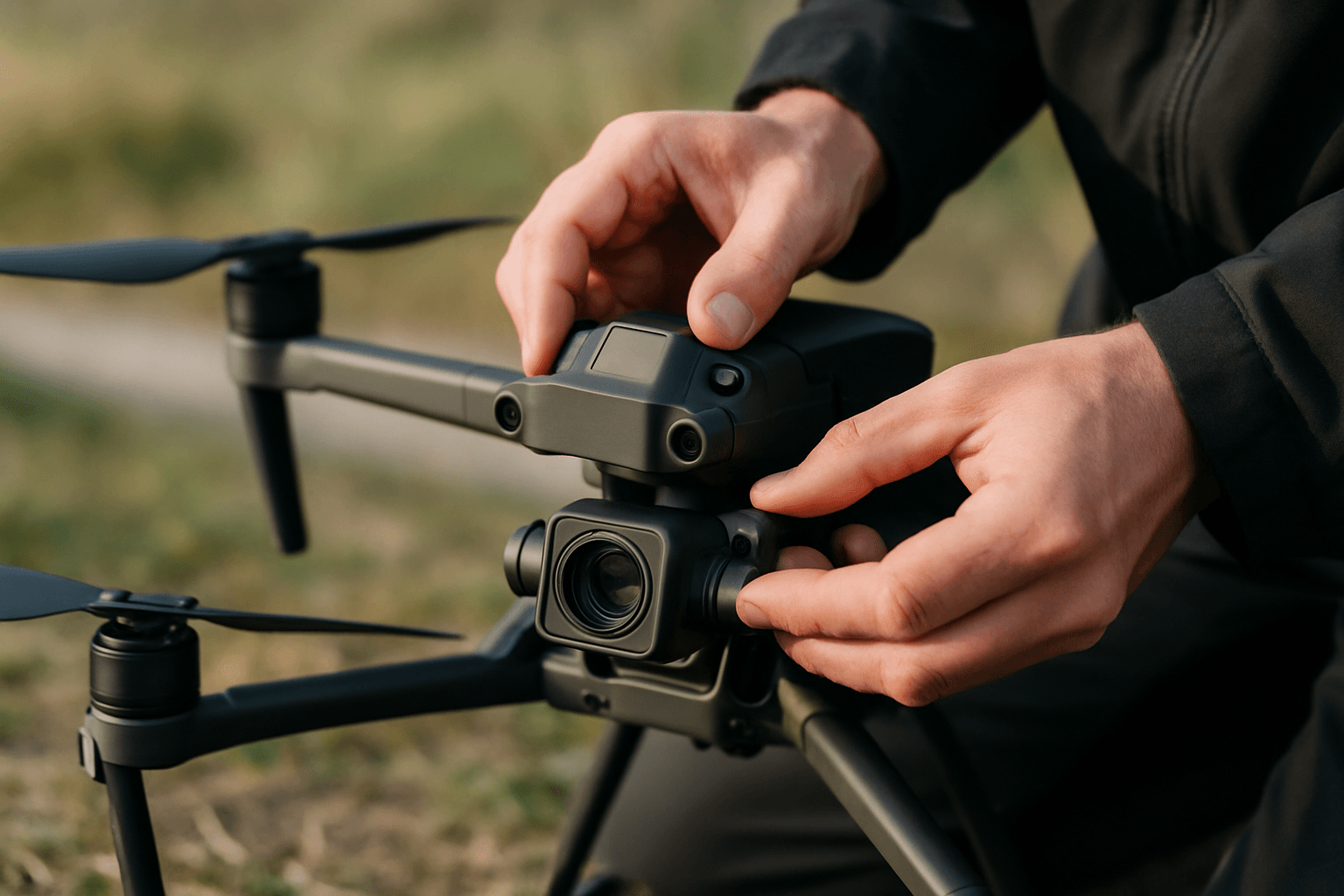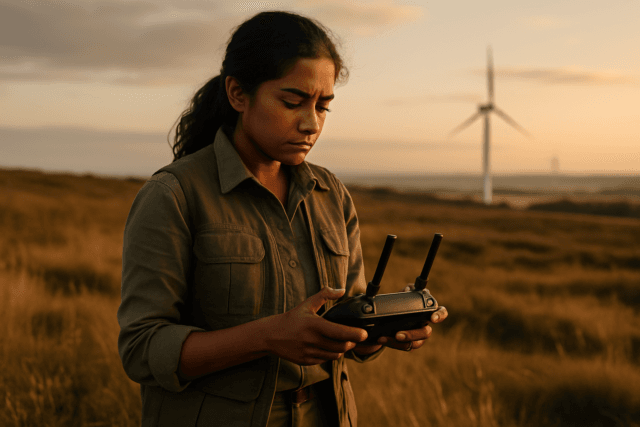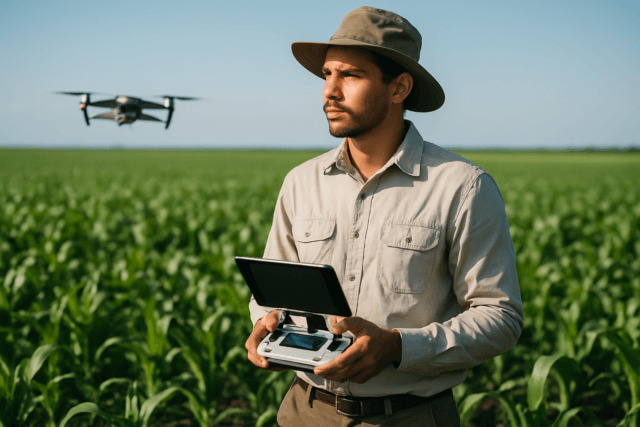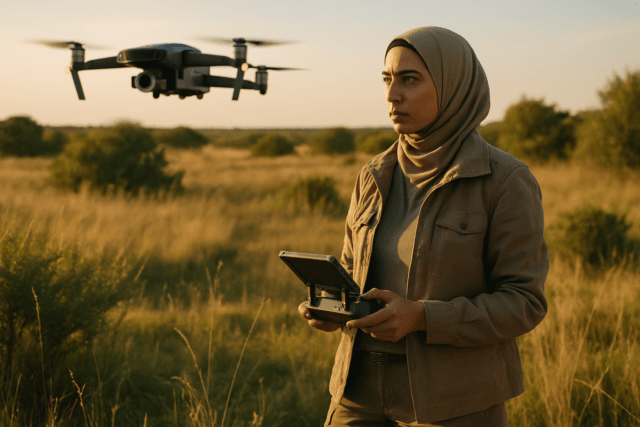Drone technology has revolutionized photography and videography, offering breathtaking aerial perspectives. However, capturing truly stunning visuals requires a deep understanding of the factors influencing drone camera quality. This article delves into the key elements that determine the clarity, detail, and overall appeal of your drone imagery, ensuring you capture the best possible shots from above.
Beyond Megapixels: Unveiling the Key Factors
While megapixel count often grabs attention, it’s crucial to understand that it’s just one piece of the puzzle. Several interconnected factors contribute to the final image quality produced by a drone camera.
1. Sensor Size: The Light-Gathering King
The camera sensor is the heart of any digital camera, including those found on drones. It’s the component that captures light and converts it into an electronic signal, forming the image. The physical size of the sensor significantly impacts its light-gathering ability:
- Larger Sensors: Capture more light, resulting in better image quality, especially in low-light conditions. They offer greater detail, improved dynamic range, and reduced noise.
- Smaller Sensors: May struggle in low light, producing images with less clarity and more grain.
Larger sensors also offer a shallower depth of field, creating a more pronounced background blur (bokeh) that can be useful for isolating subjects. Common sensor sizes in drones include 2/3″, 1″, Micro Four Thirds (MFT), APS-C, and full-frame.
2. Resolution: Capturing the Details
Resolution, measured in megapixels (MP), determines the amount of detail an image can capture. A higher megapixel count means the image contains more pixels, resulting in a sharper and more detailed image, especially when viewed on large screens or printed.
- Low Resolution (Up to 1MP): Suitable for basic online sharing.
- Medium Resolution (1MP to 5MP): Good for general use and small prints.
- High Resolution (5MP to 20MP): Ideal for detailed prints and professional use.
- Ultra-High Resolution (Above 20MP): Excellent for large prints, detailed editing, and applications requiring high data quality, such as surveying and inspections.
However, it’s important to note that a high megapixel count alone doesn’t guarantee superior image quality. The sensor size, lens quality, and image processing also play crucial roles. Combining a high megapixel count with a small sensor can even lead to less sharp images due to diffraction effects.
3. Lens Quality: The Eye of the Drone
The lens is responsible for focusing light onto the camera sensor. A high-quality lens is essential for sharpness, clarity, and minimizing distortions.
- Clearer Images: A good lens ensures light reaches the sensor accurately, resulting in crisp, bright pictures with minimal distortion.
- Better Detail: High-quality lenses capture tiny details, making photos pop and seem more realistic.
- Less Blurriness: Poor lenses can make shots look fuzzy or warped, especially when taken from high up.
Drone cameras often have fixed lenses, so selecting a drone with a high-quality lens is crucial. Some higher-end drones offer interchangeable lenses, providing greater flexibility and the ability to choose the best lens for the specific task. Lenses can be categorized as:
- Wide-angle lenses: Expand the field of view, capturing stunning aerial shots of vast landscapes.
- Telephoto lenses: Enable capturing subjects from a distance, ideal for wildlife or architectural details.
- Zoom lenses: Offer variable focal lengths, providing flexibility in framing shots without changing lenses.
- Prime lenses: Have a fixed focal length, often resulting in sharper images and wider apertures.
4. Aperture: Controlling Light and Depth of Field
The aperture is the opening in the lens that controls the amount of light entering the camera. It’s measured in f-stops (e.g., f/1.4, f/2.8, f/8).
- Larger Aperture (Smaller f-stop): Lets in more light, ideal for low-light conditions and creating a shallow depth of field (blurred background).
- Smaller Aperture (Larger f-stop): Lets in less light, ideal for bright conditions and creating a deeper depth of field (more of the image in focus).
Many lightweight drones have a fixed aperture, which is usually fairly wide open to allow plenty of light to hit the sensor.
5. ISO: Sensitivity to Light
ISO measures the camera sensor’s sensitivity to light. A lower ISO (e.g., 100 or 200) is suitable for well-lit conditions, while a higher ISO (e.g., 800 or higher) may be necessary in low-light environments.
- Low ISO: Produces cleaner images with more detail.
- High ISO: Can introduce noise (graininess) into the image.
It’s generally best to use the lowest ISO possible to minimize noise and maximize image quality.
6. Shutter Speed: Capturing Motion
Shutter speed determines the length of time the camera’s sensor is exposed to light.
- Fast Shutter Speed: Freezes motion, ideal for capturing fast-moving subjects.
- Slow Shutter Speed: Creates motion blur, which can be used creatively to convey movement.
7. Dynamic Range: Capturing the Extremes
Dynamic range is the ratio between the largest and smallest measurable values of light in a scene. A wider dynamic range allows the camera to capture details in both the brightest highlights and darkest shadows.
- High Dynamic Range (HDR): Combines multiple exposures to preserve details in both highlights and shadows, creating vibrant and realistic images, especially in high-contrast environments.
8. Frame Rate: Smooth Video
Frame rate (FPS) refers to the number of individual frames or images captured per second in a video.
- 24 FPS: The cinematic standard, producing a natural motion blur.
- 30 FPS: Standard for television broadcasts and general video recording, providing smooth and natural motion.
- 60 FPS: Popular for busy or fast-moving scenes and sports, delivering even smoother motion and clarity.
- 120 FPS and Above: Used for slow-motion effects, allowing for dramatic playback of fast actions.
The optimal frame rate depends on the subject and desired effect. For regular video, 30 or 60 fps should be fine.
9. Image Stabilization: Eliminating Blur
Image stabilization is crucial for capturing sharp images and smooth videos from a moving drone. It compensates for the drone’s vibrations and movements, reducing blur.
10. Color Accuracy and Profiles
Color accuracy refers to the camera’s ability to reproduce colors accurately. Shooting in a flat color profile, such as D-Log or D-Cinelike (available on DJI drones), captures more details in shadows and highlights, giving you greater flexibility during editing.
- Flat Color Profiles: Preserve details in shadows and highlights, allowing for more dynamic and easier editing.
11. Spatial Resolution
Spatial resolution refers to the level of detail that can be distinguished in an image. It’s affected by various factors, including pixel resolution, lens quality, focus, motion blur, and compression artifacts. Ground Sample Distance (GSD) is a key metric related to spatial resolution, representing the real-world size of a pixel in the image.
12. Codec
Codec relates to the compression of the video. H.264 and H.265 are common codecs.
Optimizing Camera Settings for Drone Photography
Adjusting camera settings is essential for achieving the best results from your aerial photography. The key settings to adjust include:
- Shutter Speed: Controls the length of time the camera’s sensor is exposed to light.
- Aperture: Controls the amount of light entering the camera and affects depth of field.
- ISO: Determines the sensitivity of the camera’s sensor to light.
- White Balance: Adjusts the color temperature of the image, ensuring accurate and realistic colors.
- Exposure: Adjust until your histogram is showing around the middle of the box
Drone Camera Types
Drone cameras can be categorized based on their connection to the drone and their purpose:
- Integrated Cameras: Built into the drone and not removable.
- Interchangeable Lens Cameras: Allow for swapping lenses for different perspectives.
- Specialized Cameras: Include thermal imaging cameras, LiDAR sensors, and multispectral cameras for specific applications.
The Importance of Post-Processing
Even with the best drone camera and optimized settings, post-processing is often necessary to enhance the final image or video. Color correction, in particular, can significantly improve the mood, realism, and overall quality of your footage.
- Shoot in a Flat Color Profile: To maximize your footage’s potential, shoot in a flat color profile like D-Log or D-Cinelike.
Choosing the Right Drone Camera
Selecting the right drone camera depends on your specific needs and budget. Consider the following factors:
- Image Quality Requirements: Determine the level of detail, dynamic range, and low-light performance required for your applications.
- Budget: Drone camera prices vary widely.
- Drone Type: Choose a drone that is compatible with your desired camera and lens options.
- Application: Different applications may require specific camera features, such as thermal imaging or multispectral capabilities.
Conclusion
Drone camera quality is a multifaceted topic, with numerous factors influencing the final image. By understanding these factors and optimizing your camera settings, you can capture stunning aerial visuals that meet your specific needs. Whether you’re a hobbyist or a professional, mastering drone camera quality is essential for unlocking the full potential of aerial photography and videography.





